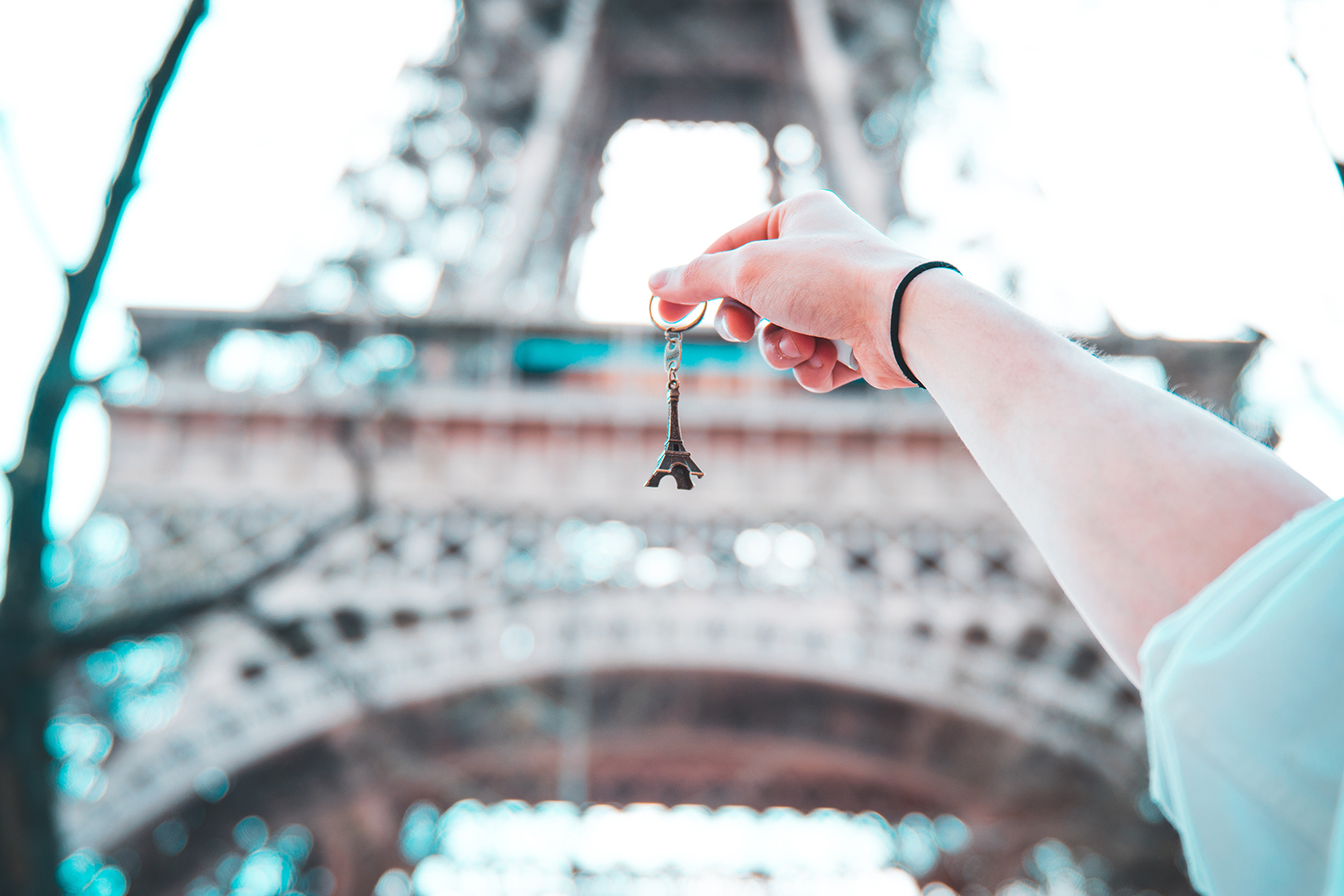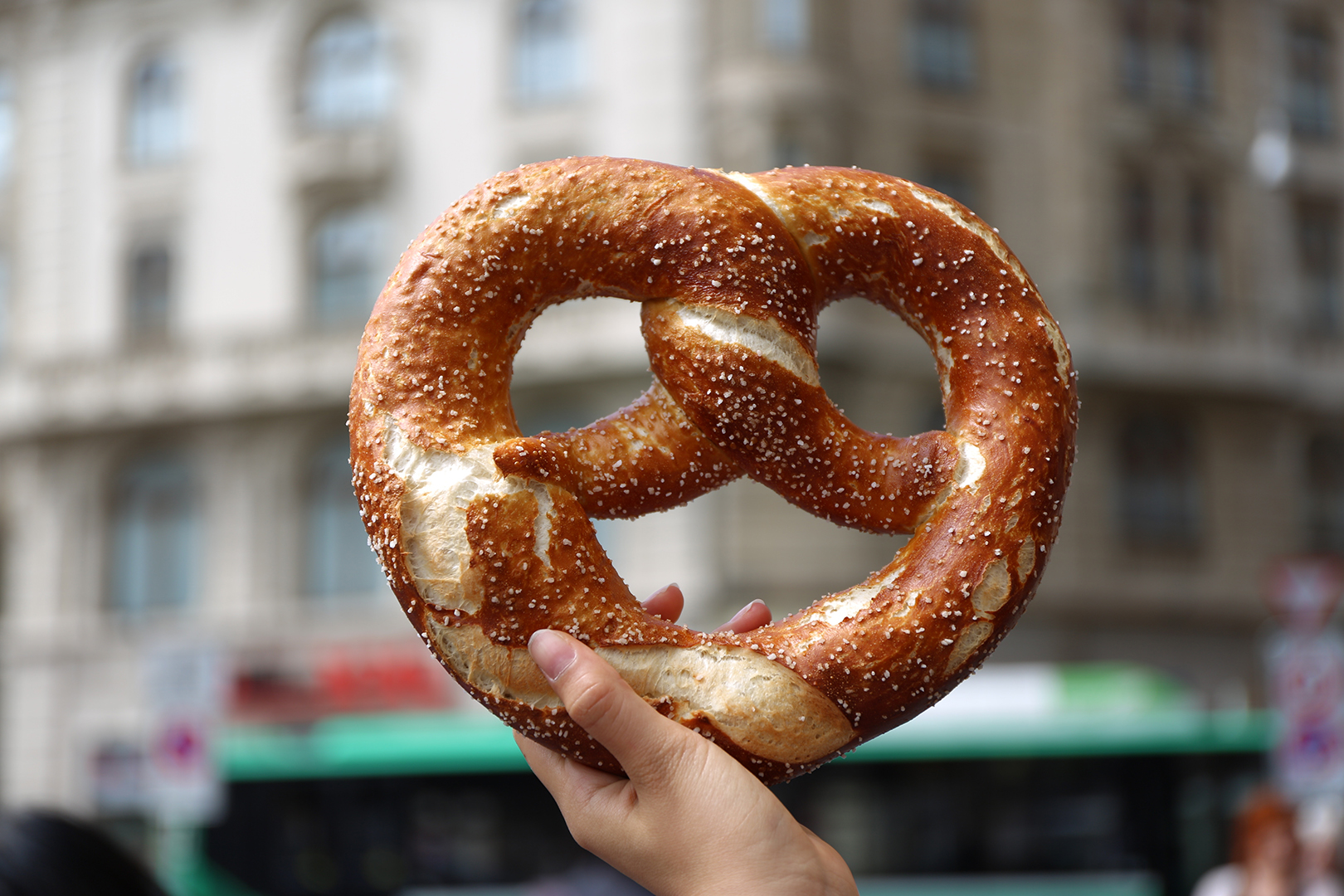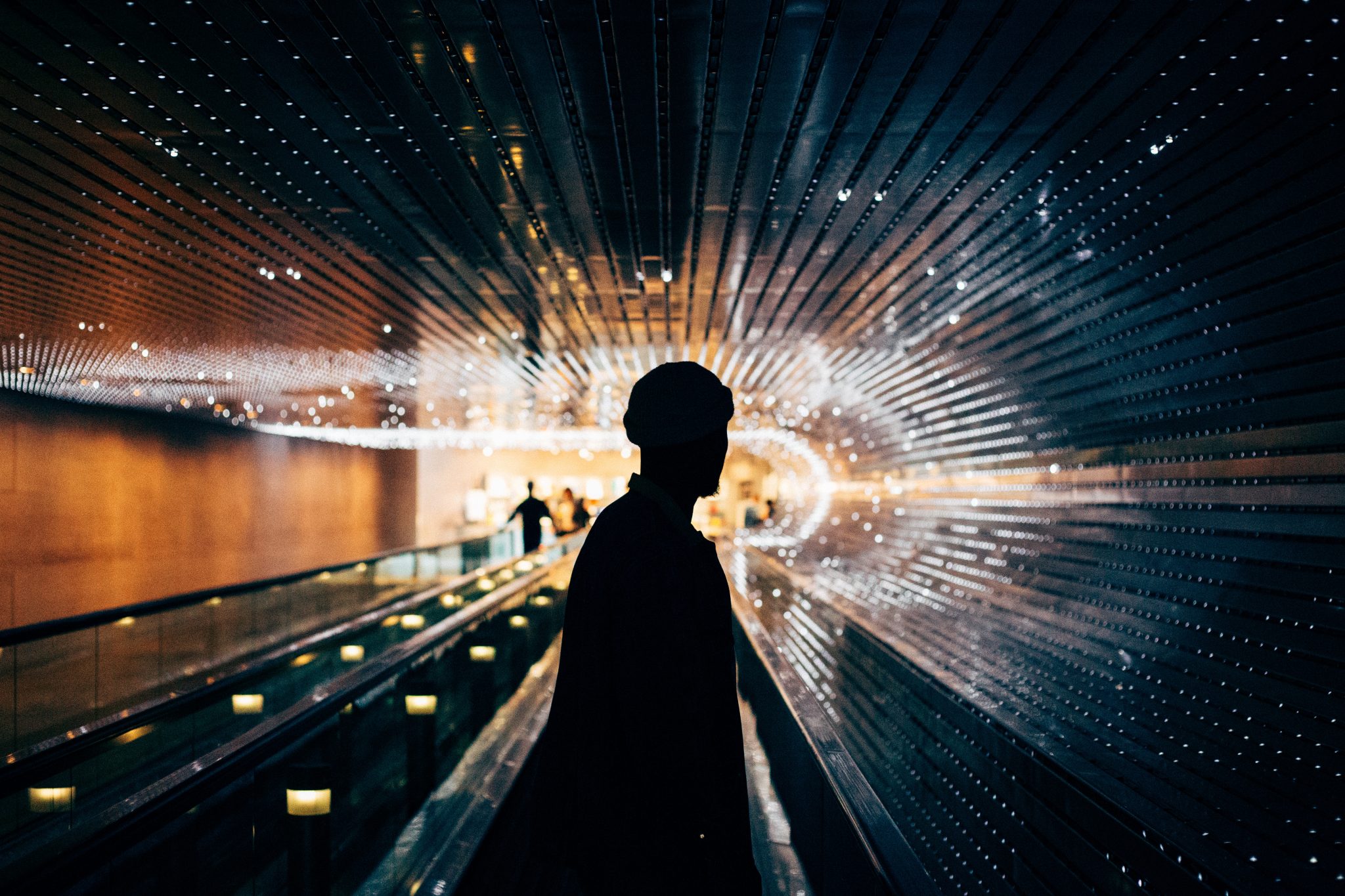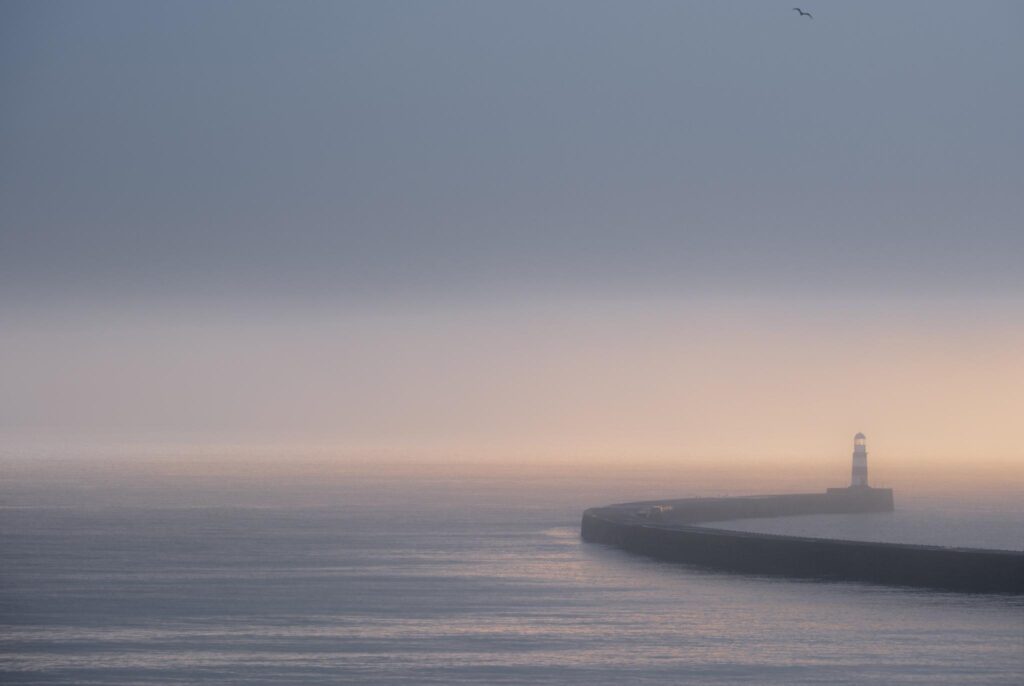Photography demands that we study light quickly, but more importantly, to observe how light interacts with everything around us.
Traditional visual methods like painting and drawing can do that too, but with photography, that sort of light-studying capability is not just fast, but also widespread. Eyes alone are not simply enough for studying how light affects shape; it’s easier to focus on all the shapes around us by framing a portion of them in front of our eyes.
And thanks to that capability in photography, we can later contemplate everything we capture with our camera without being burdened by the ephemerality of passing moments.
As a compositional asset, shape can be an extremely strong tool for enhancing your photography. It is a sort of “back to basics” mindset, but it could make your images pop immediately.
There is a vast array of possibilities when it comes to dealing with shape, so here are a few examples of how it can be used in compositions.

From simple to complex, from flat shapes to three-dimensional forms, shapes can be easily spotted or enhanced via the contrasts of different types of light, tone or even color.
Shapes are ever-present in nature, and when they are easily defined by such contrasts is when we see the lines that contour them. Shapes are solid elements defined by lines; therefore, they can carry a lot of weight in our compositions, even when they can take up only a small part of the entire frame (like this beautiful image by Helen Levitt, where the small bubbles quickly draw our attention).
Regarding format, we might say that black-and-white might work better for you (at least in the beginning) by subtracting colorful shapes that can dominate your photographs.
Joel Meyerowitz once said that “Black-and-white has more form. Somehow pictures look like there's a compressed formal structure running through them, tying events together.”
He was referring to his own struggles over committing to color photography. He was aware of the benefits of working with black-and-white but wanted to push himself even more, hence his transition to color.
So let’s talk about some techniques that will help you better focus on shapes.
Cropping

The act of cropping is literally discerning whether something is worth including in the image or not. This can be done in the camera, or afterwards in post-production.
By framing the right number of elements in a shot, you give those elements the strength they need to become powerful in the scene. Shapes will become protagonists, and the image’s story will be told without any bumps if you crop wisely.
That's the main reason why I respect cropping in post-production – because it implies thought, rather than just momentary feelings (like the ones you experience when cropping in the camera in uncontrolled situations).
Scale

By combining or juxtaposing two elements where one is obviously larger than the other (like a building), you can make a solid statement about the shape of a specific structure.
You can also exaggerate an object's sense of scale by using wide-angle lenses and interesting points of view.
Focus

This can be done in the sharpest and most objective way possible, or in experimental and unfocused ways, too.
If you focus your camera at the sharpest setting, you will achieve a highly realistic representation of what was in front of it; if you experiment with soft focus or even no focus at all, you can also achieve some interesting images.
Here is one Josef Koudelka's first works, which was a notoriously experimental image.
Fragmentation
Fragmentation happens when a subject is literally split into pieces, or when its presence is interrupted by another element overlapping in front of it.
With mirrors and the correct angle, you can achieve a fragmented look without post-production. This can be used for experimenting and studying shapes, and can ultimately become some sort of style if you develop it correctly.
This image by Ulrich Neitzel is an excellent example of how a fragmented shadow can still reflect a subject's essence.
Lighting
Last but not least, we have lighting, which is one of the best ways to give a specific shape the desired presence in the photograph.
By using an adequate amount of light, with the correct direction and intensity, you can more or less direct a viewer’s attention towards a shape. Light can even help get distance a subject from the background by contouring or outlining its own existence.
This obviously lends three-dimensionality and volume to a shape.

But how can shapes become more meaningful in your photographs?
Shapes can enhance your images due to the aesthetic they can inject into a composition. These can be extremely easy to observe, like geometrical ones, or very abstract, almost implied.
Such abstract shapes can be quite subjective – unique to each viewer, hence their psychological impact. Let's take Bourke White's iconic image of Gandhi with his spinning wheel. The silhouette of the object is so obvious that we don't stop to think about the lack of tones in the wheel; we know it’s a spinning wheel just by the shape. Or Arnold Newman's portrait of Stravinsky, where we can easily identify the piano by the distinct shape of the lid. Here is another great example by Koudelka of shape enhancement via silhouette.
Shapes can be the very essence of a composition, or just an element that makes an image more interesting or worthy of reading. Try to notice the presence of shape in your previous photographs and you'll start to see that, indeed, there is huge potential for shape in photography.
After observing that sprouting compositional technique, try using your eyes, heart, mind, and soul when making your images. You’ll soon see how the inner architecture of your images will become richer and more intriguing.
Please share your progress (and findings as well) with us at the Tank!






